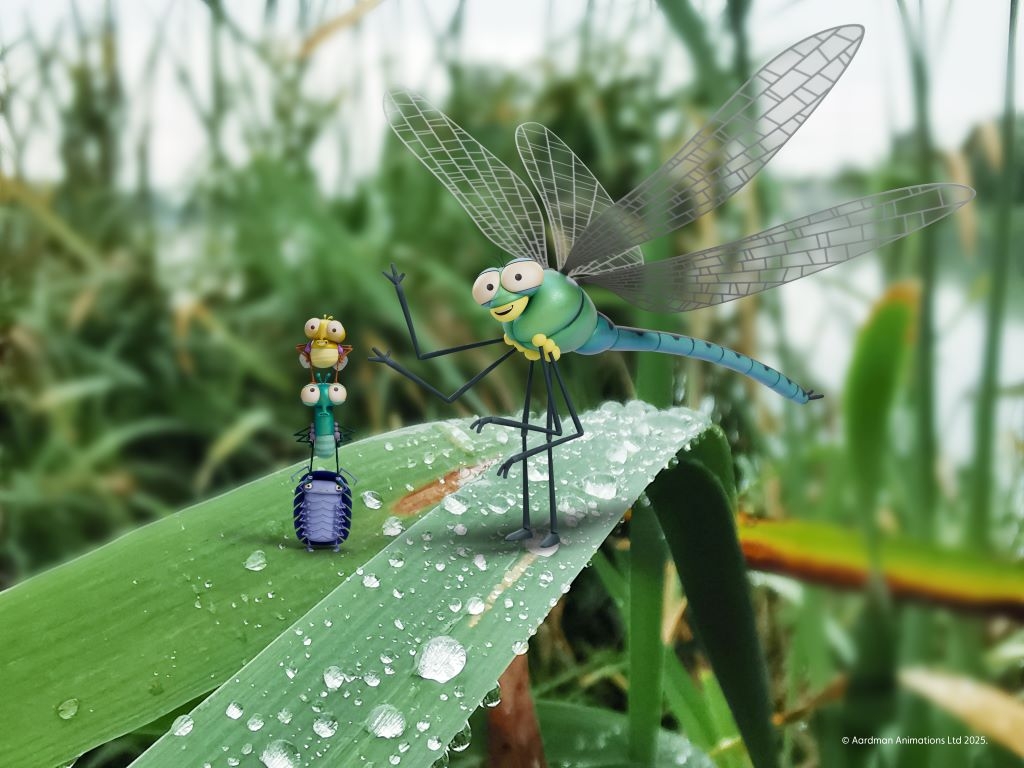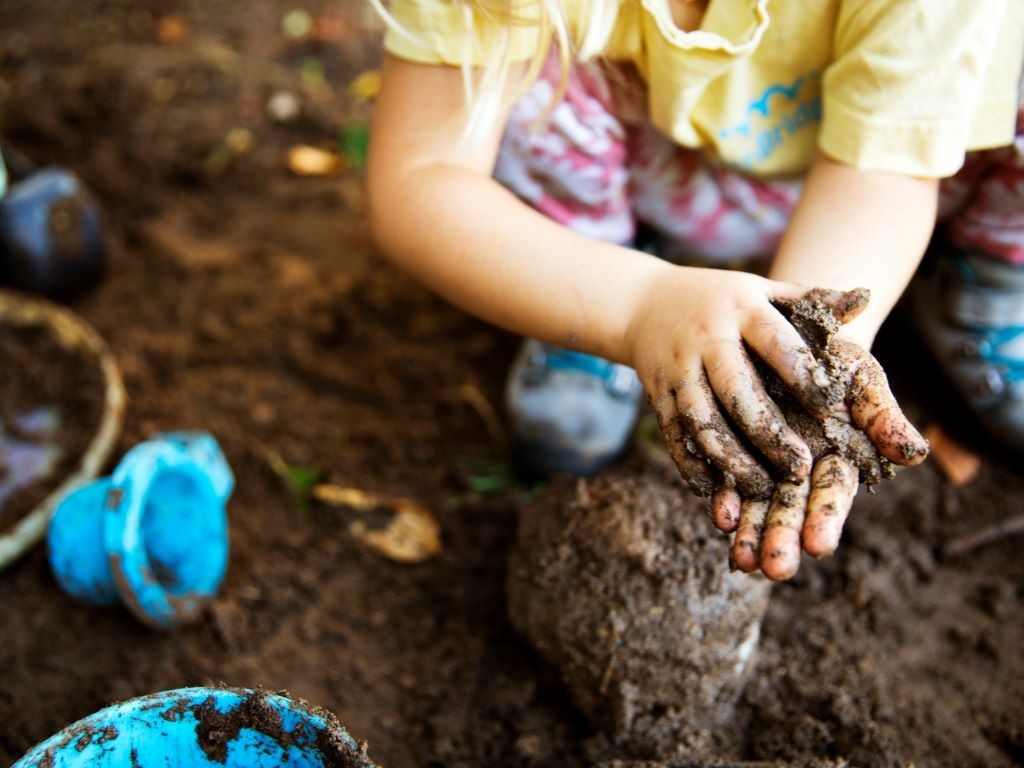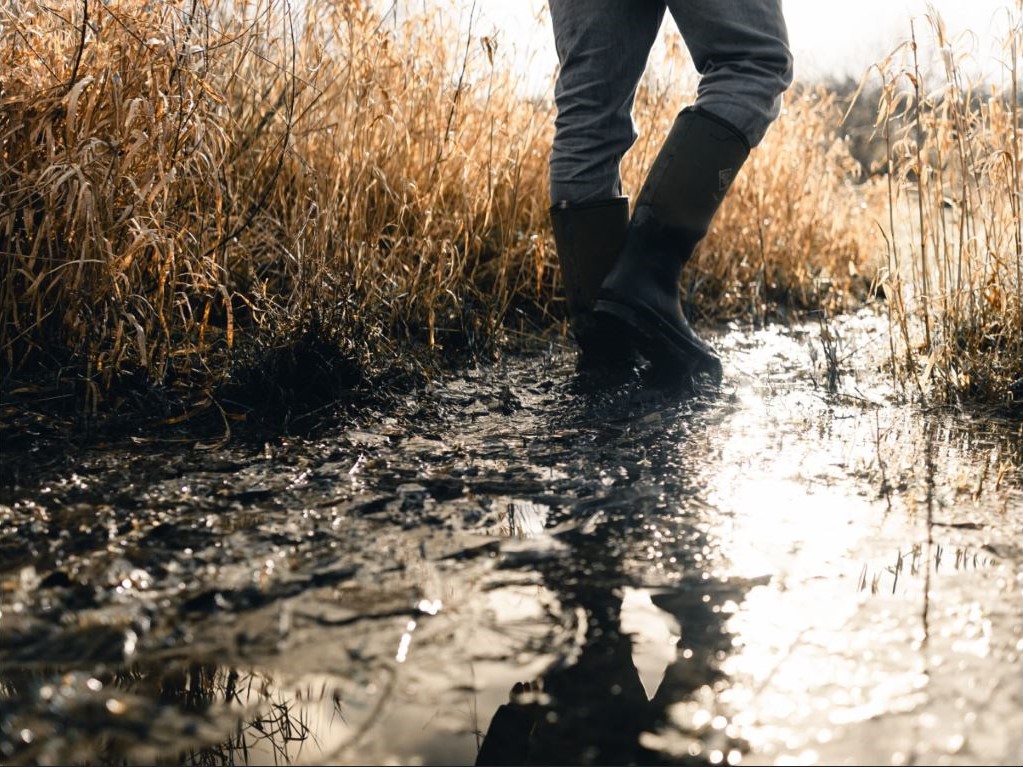Unmissable up-close encounters with our birds: the new walk-in aviary is here!
Ross's goose. Credit: Lesley Barker
This week, our team have been busy adding the final touches to our new walk-in aviary – just in time for The Big Hideout!
This means our fantastic collection birds are no longer netted off from our visitors. Instead, you can step into their world, get up close to our geese and see our sea ducks in all their glory once again. Plus, discover the incredible conservation breeding work at WWT.
To celebrate, we’ve got the inside scoop from our keepers on what you can expect from the collection at this time of year:
Looking after our birds in winter
In winter, most of our birds are happy finding their own places to shelter, usually under vegetation. But you’ll also notice extra straw houses in the collection area where they can stay cosy. Plus, the birds enjoy three feeds a day rather than two, giving them a nice layer of fat and plenty of extra energy. Find out more about our keeper talks and feeds.
One White-backed duck enjoys even more luxury, as he sits by his own heat lamp in the colder months - like he’s in a spa!
But for many of our birds, there are no extra measures needed. The Greenland White-fronted geese, for example, are used to colder climes, usually nesting in lowland tundra.
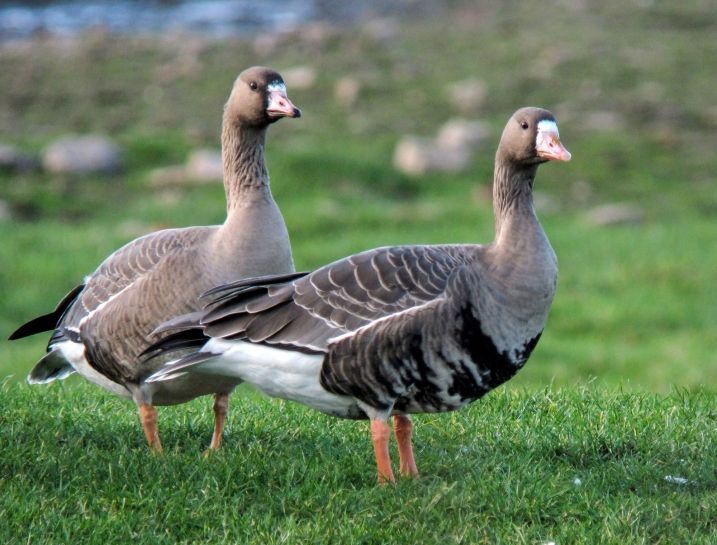
February is a keeper-recommended time to see our birds
Not only is it Valentine’s Day for us, it’s also when our birds start to couple up. The diving ducks have just moulted so their feathers are looking pristine. No wonder they start displaying them to impress a mate! You’ll also hear them singing to each other, either to find a new mate for the year or re-bonding with their life-long partner.
With the opening of the new aviary, ducks and geese alike will be wandering up onto the walkway. You’ll discover the beauty of the birds and can snap plenty of photos to remember these mesmerising moments.
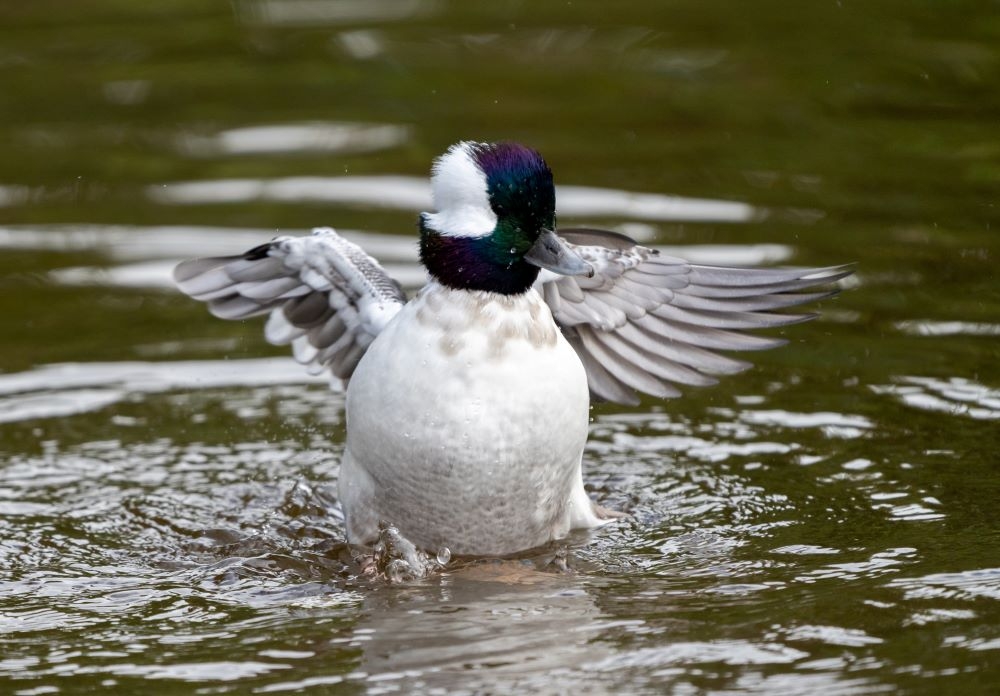
Don’t forget the Duckery
There’s even more to see with our younger birds. The young hooded mergansers are practising displaying their adult colours as patches of black and white start to come through. According to our keepers, only the girls have perfected the “sassy” sound of this duck so far – but you’ll hear the boys putting in plenty of practice!
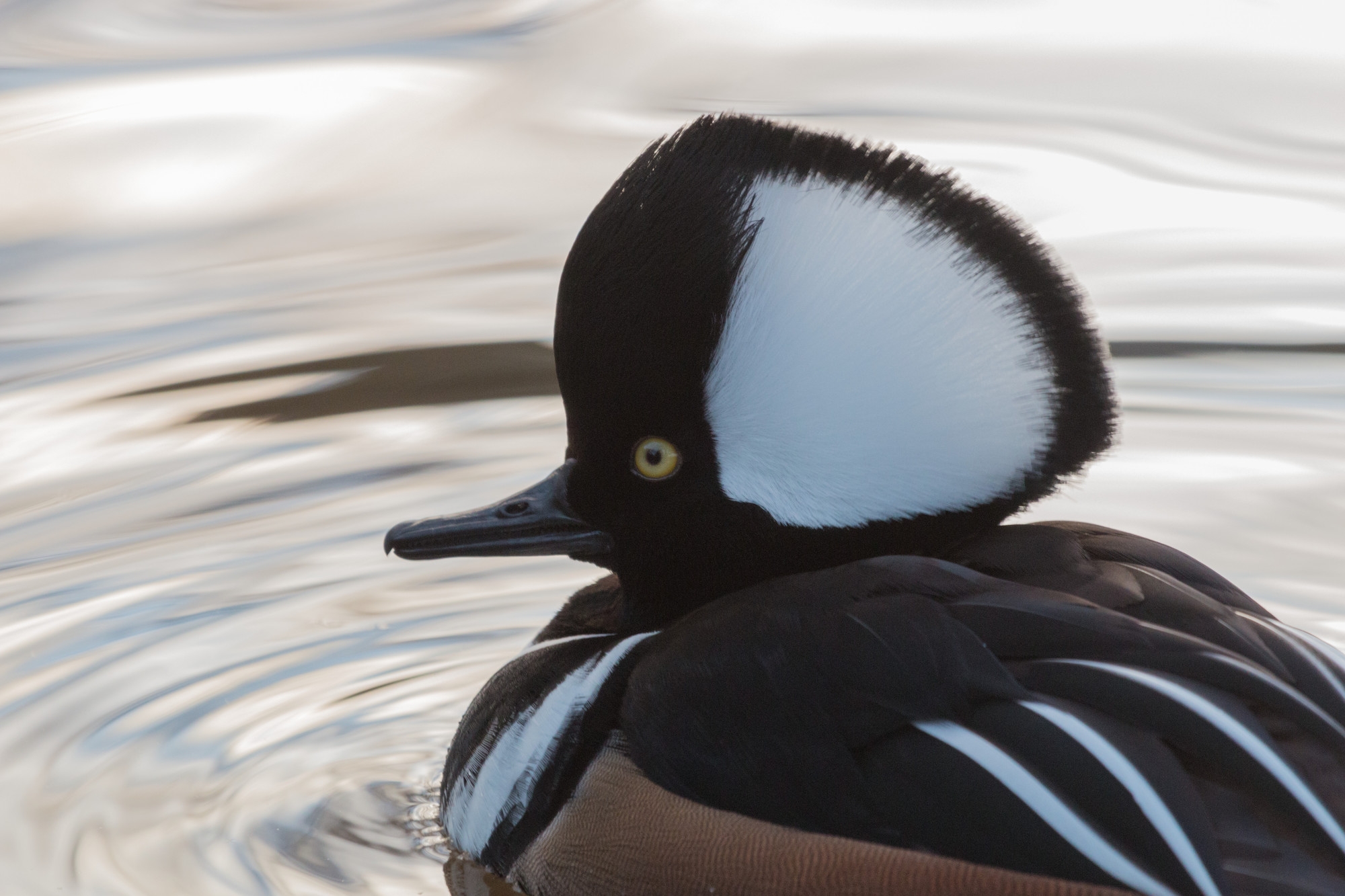
Shout out to our team
Our keepers do a brilliant job looking after our birds in the colder months. Joined by a fantastic team of volunteers, they round up all our ducks and geese for health checks before and after winter. And for the past few months, the whole Grounds team have been working hard, in all weathers, to make the new aviary a lovely home for our birds.
We want to say a huge well done for all their amazing work all year round!
Ready to visit?
If you've been inspired to visit Castle Espie Wetland Centre, book your tickets now.
Book now